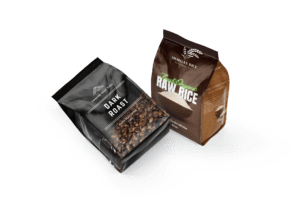Home » Structural vs. Graphic Design in Packaging
Structural vs. Graphic Design in Packaging
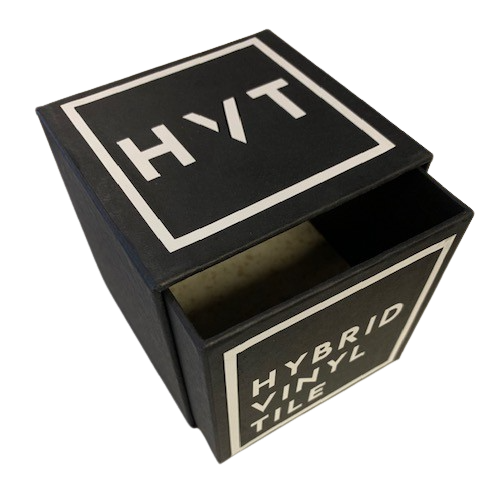
When it comes to packaging, two critical elements come into play – structural design and graphic design. Both are essential in their ways, but depending on your audience, one may hold more significance than the other. This blog post delves into the nuances of structural and graphic design in packaging and examines which aspect resonates more with different types of audiences.
Understanding Structural and Graphic Design in Packaging
Structural Design refers to the physical shape and functionality of the packaging. It’s about how the package is constructed, how it protects the product, and how it functions from a user’s perspective.
Graphic Design, on the other hand, involves the visual elements on the packaging’s exterior. This includes the use of colors, fonts, images, and other graphical elements that communicate the brand and attract the consumer.
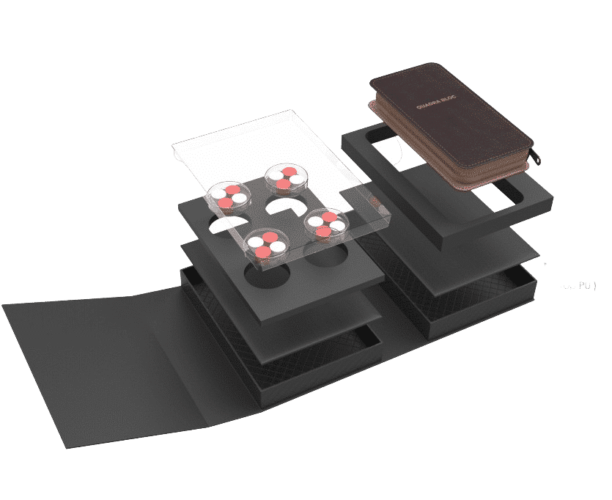
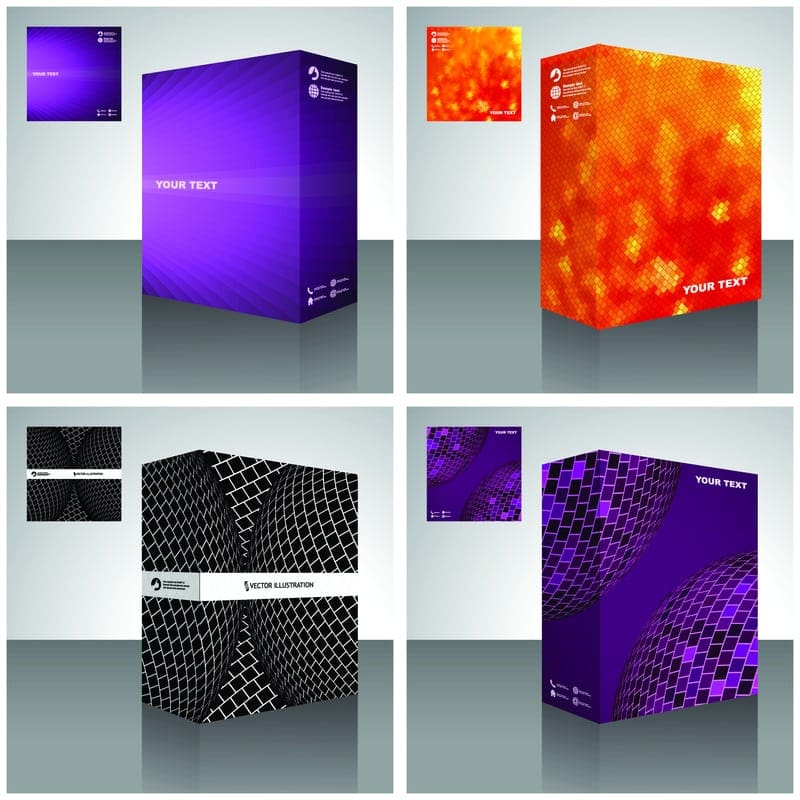
Structural Design: The Functional Communicator
Structural design is crucial when the audience prioritizes functionality, usability, and convenience. This aspect is particularly important in:
- Products Requiring Safe Transit: For fragile or high-value items, the structural design ensures safety and integrity.
- Consumer Convenience: Products aimed at offering convenience, like easy-to-open or resealable packaging, appeal more through their structural design.
- Innovative Niche Markets: In markets where innovation is highly valued, unique structural designs can make a significant impact.
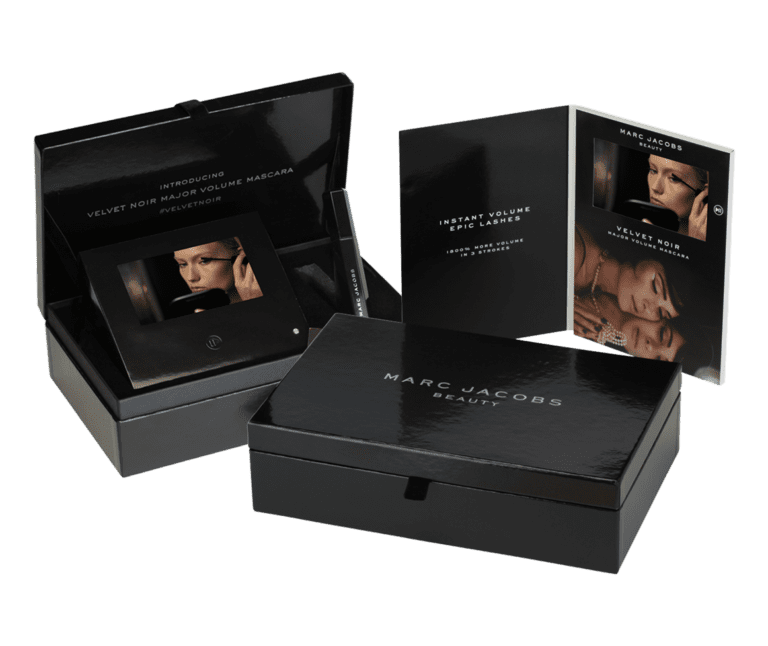
Graphic Design: The Visual Storyteller
Graphic design becomes a dominant factor when the audience is influenced by brand story, aesthetics, and emotional connection. It’s significant in:
- Lifestyle and Luxury Products: For products where brand perception and aesthetic appeal are crucial, graphic design takes center stage.
- Products Aimed at Younger Audiences: Younger demographics often respond strongly to visually appealing and trendy designs.
- Brand-Driven Products: When the brand story and identity are integral to the product, graphic design helps in forging that connection with the audience.
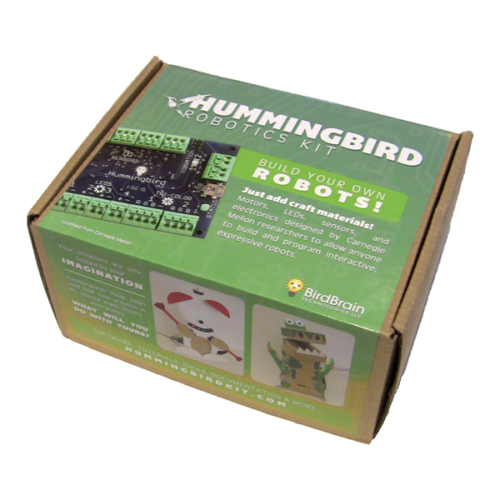
Balancing Both for Maximum Impact
In most cases, a balance of both structural and graphic design is necessary to fully engage your audience. This balance can be achieved by:
- Understanding Customer Preferences: Conduct market research to understand what your audience values more – functionality or aesthetics.
- Cohesive Design Strategy: Ensure that both structural and graphic designs complement each other and align with the overall brand strategy.
- Innovative Blending: Experiment with innovative ways to blend structural and graphic elements for a unique packaging experience.
Considerations Based on Product Type and Audience
- FMCG Products: Fast-moving consumer goods often rely on graphic design for quick shelf impact but require structurally sound packaging for transportation and storage.
- Tech Products: For tech products, structural design often takes precedence for protection, but graphic design plays a key role in brand positioning.
If you are interested in structural and/or graphic design for your packaging, then partner with Brown Packaging today to get started.
With new tariff proposals and continued trade uncertainty, 2026 is shaping up to be another pivotal year for packaging sourcing strategy. Many companies that shifted
Following multiple rounds of tariff changes and trade policy adjustments, 2026 marks a turning point for U.S. packaging buyers. Many who previously transitioned from China
Shifting packaging production from China to the U.S. can help stabilize costs, reduce tariff exposure, and shorten lead times. But the transition process requires careful
RSC boxes are known for their efficiency and versatility, but their performance ultimately comes down to strength. Buyers often see numbers like ECT, BCT, and
In packaging, foam isn’t just about initial protection — it’s about maintaining performance over the entire shipping or storage cycle. Compression set and recovery characteristics
Pouches are a go-to for flexibility and convenience, but they can fail in critical ways—from poor seals to punctures and delamination—that hurt performance and brand
Home » Structural vs. Graphic Design in Packaging

Blister packaging plays an indispensable role in various sectors, especially in the pharmaceutical, food, and consumer goods industries. It provides a user-friendly and secure mode
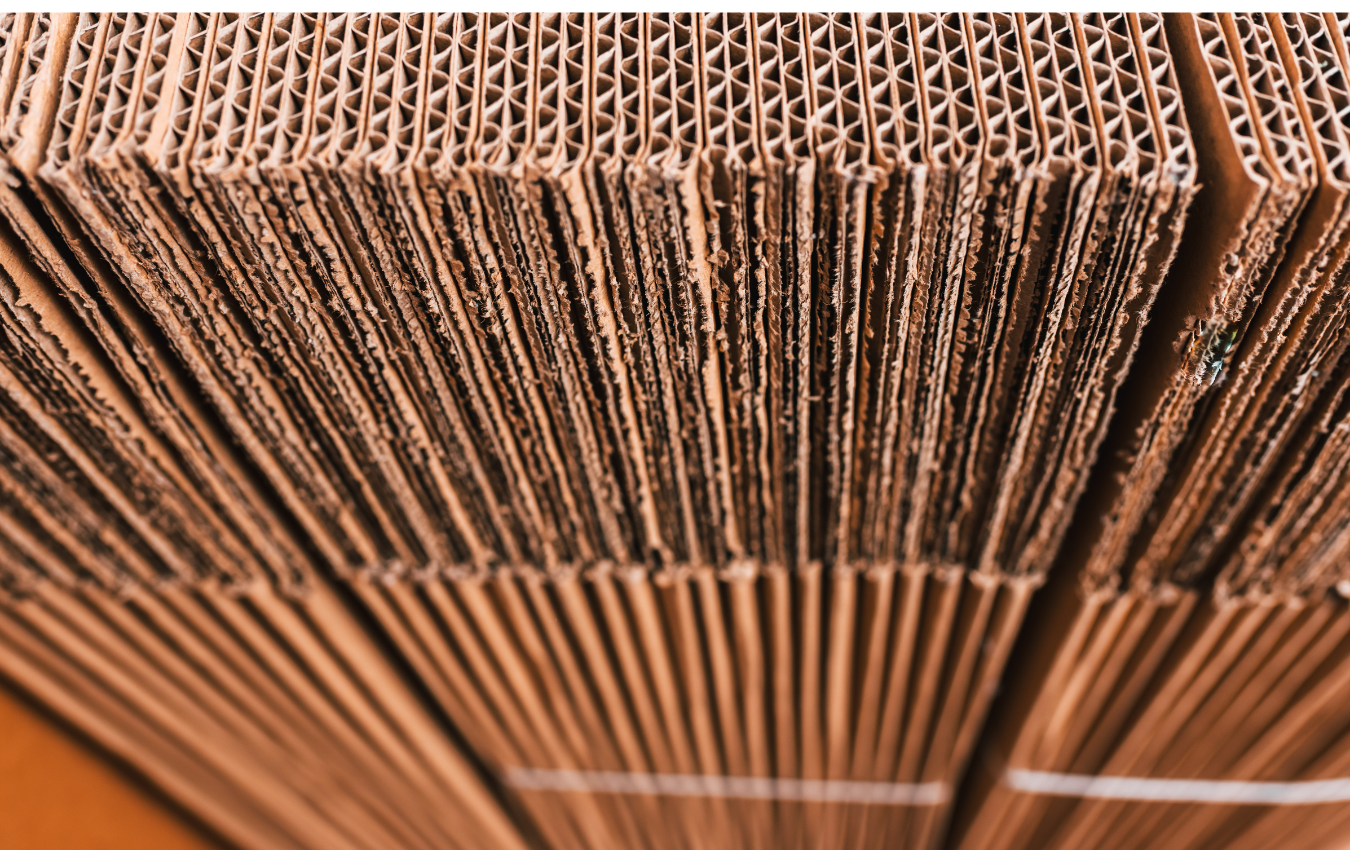
Why Board Grade Selection Matters In today’s volatile supply chain environment, packaging failures aren’t just a nuisance—they’re a liability. Damage in transit, product returns, and

With the rise in accidental medication ingestions by children each year, it has become increasingly important to implement child-resistant packaging. Among various packaging solutions, child-resistant


